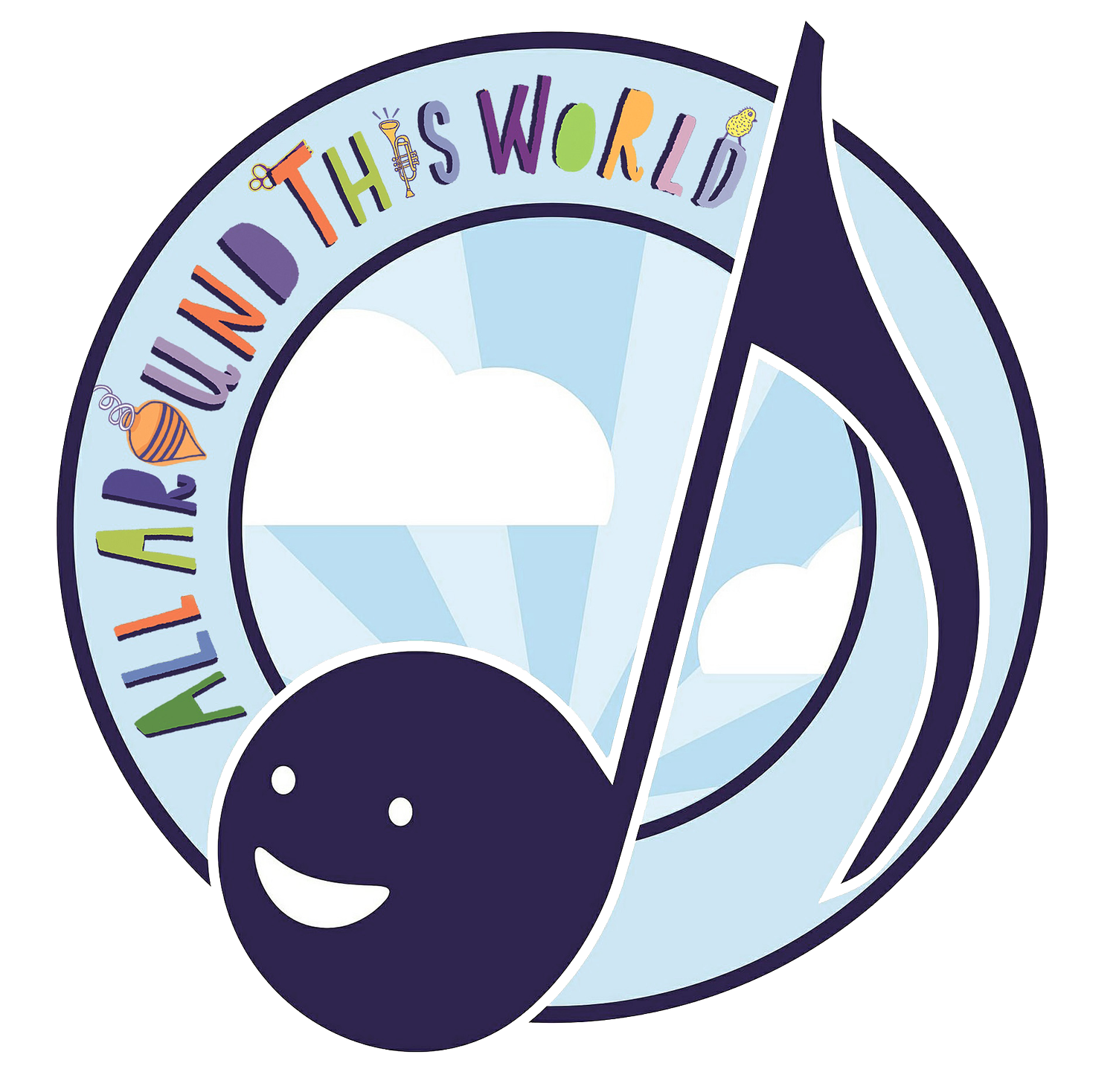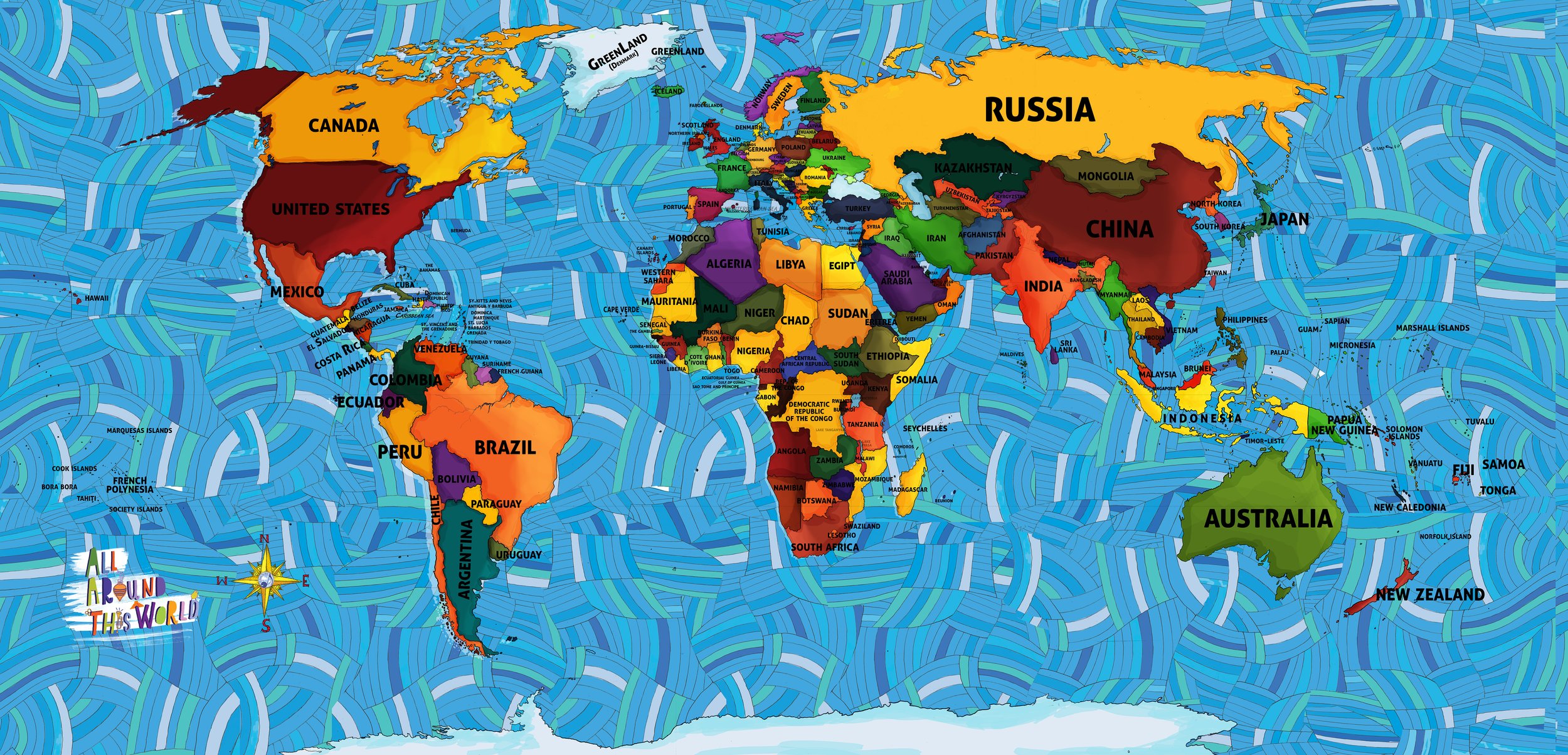East anD SOUTHEAST ASIA
HONG KONG - TAIWAN
Hong Kong is a group of 200 relatively small islands of the southeast coast of China that has the distinction of being one of just two "special administrative regions" of China. (The other is Macau.) Hong Kong has been "special" for over two thousand years, when successive imperial Chinese dynasties began to use it as a trading center. Europeans caught on about five hundred years ago, and in the early 16th century the Portuguese tried, and failed, to take it. Two hundred years later the British had more success, but only after winning a war with China over opium. The British brought Hong Kong Island into the British Empire, resulted in the legalization of the opium trade in China, but severely weakened the Qing Dynasty. By the end of the century the British had even negotiated to lease territories surrounding Hong Kong Island from China for 99 years.
Under British rule Hong Kong became a densely developed economic powerhouse. As the end of the lease approached, after many years of intense negotiation, the British conceded to the peaceful return all of Hong Kong to China, and on July 1, 1997, that's what happened.
Since the transfer of sovereignty Hong Kong has operated under the motto, "one country, two systems." This means China's central government asserts full control over Hong Kong, but at the same time allows Hong Kong to maintain a capitalist economy and separate political system...at least until 2047, when that part of the agreement expires.
Meanwhile, on the Chinese mainland, the Chinese Civil War (1925 to 1949) raged between the Kuomintang (KMT or Chinese Nationalist Party) and the Chinese Communist Party. The Communists, under the leadership of Mao Zedong, eventually pushed Chiang Kai-Shek’s KMT out and declared the People’s Republic of China. Where did Chiang Kai-Shek and the Nationalists go? To Taiwan, of course. Why Taiwan? In 1945, when Japan lost big in World War II, the U.S. enabled the Republic of China to accepted the surrender. When Mao’s forces defeated the KMT on the mainland, about two million Nationalists adopted Taiwan, their remaining stronghold, as their home. This was not necessarily the choice of the existing Taiwanese population; for the next four decades the Republic of China held Taiwan under martial law and subsumed Taiwanese indigenous languages and culture beneath all things “Chinese.”
As there was no official end of the Chinese Civil War, the People’s Republic of China still claims Taiwan as part of its territory, while the Republic of China claims the mainland as part of its territory. Since the 1980s, when Republic of China rulers started to allow others in Taiwan more say in the government, there has also been a push on the island to assert independence from both Chinas. Taiwan has a robust free-market capitalist economy and many countries keep trade alive, but the People’s Republic of China doesn’t look kindly on countries that recognize the Republic of China’s political claims. Very few countries have official diplomatic relations with the Republic of China/Taiwan; the United States stopped recognizing the Republic of China in 1979.
IN CLASS WE…
EXPLORE EAST AND SOUTHEAST ASIA WITH…
-

-
DANCES, HOLIDAYS AND FUN!

East and
Southeast
Asia
ALL AROUND THIS WORLD’S SONGS AND LESSONS
Click on the map to meet any region of the world.



